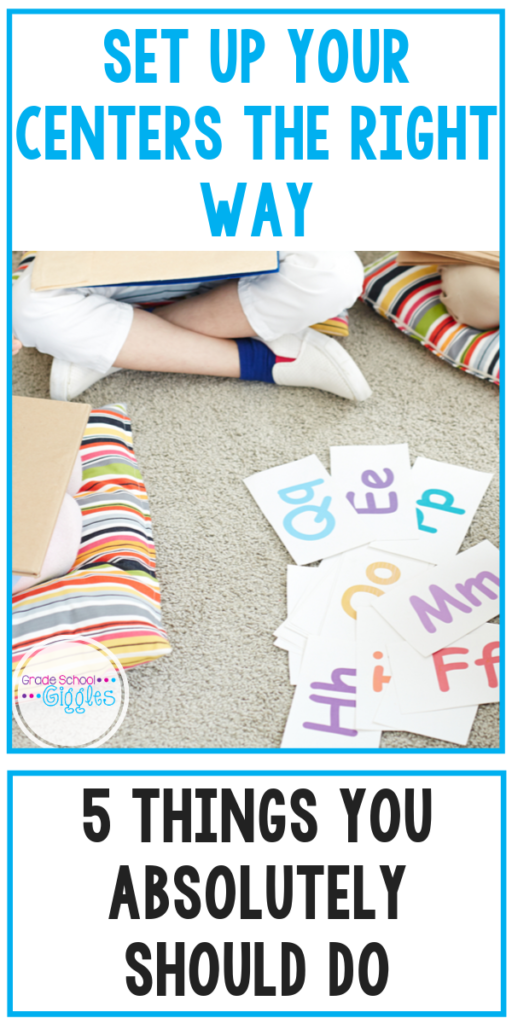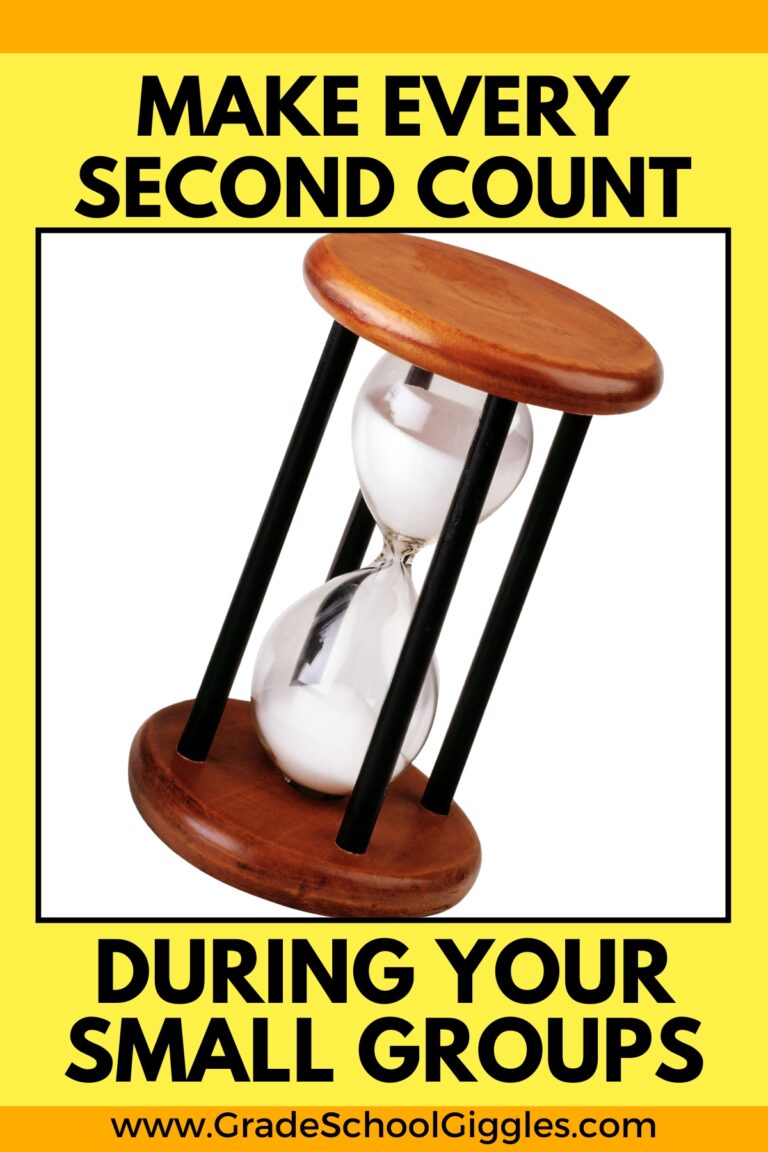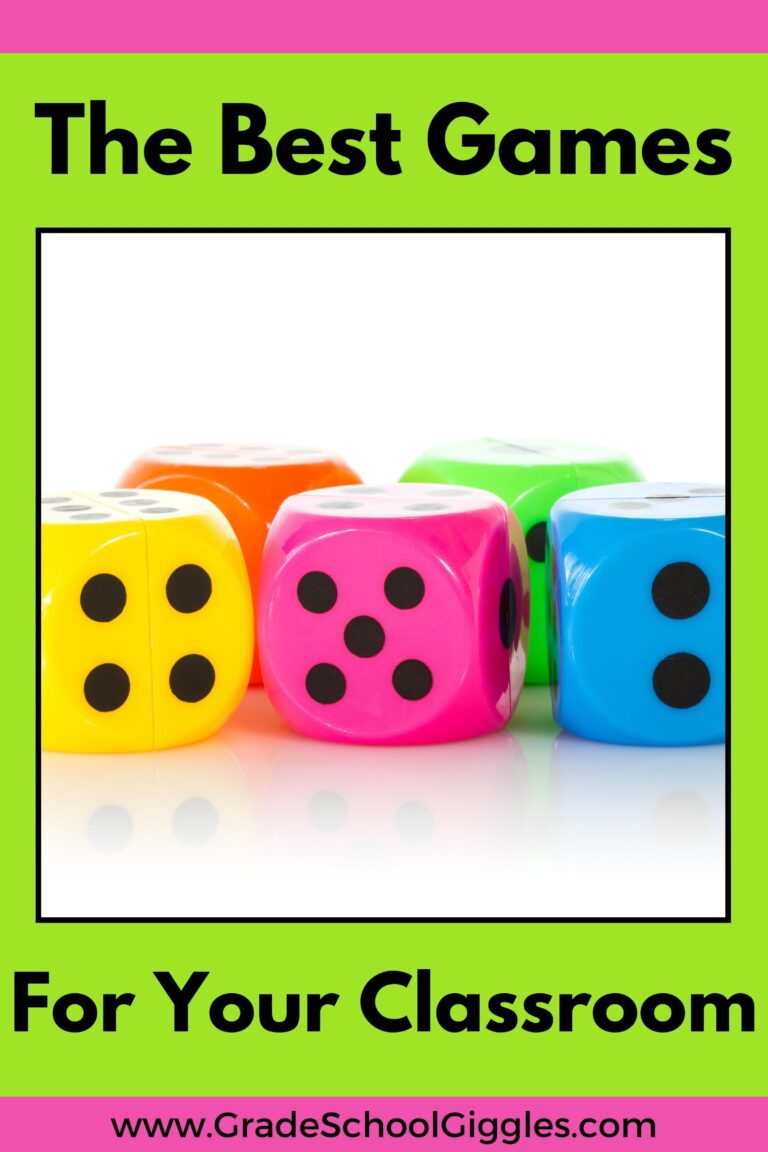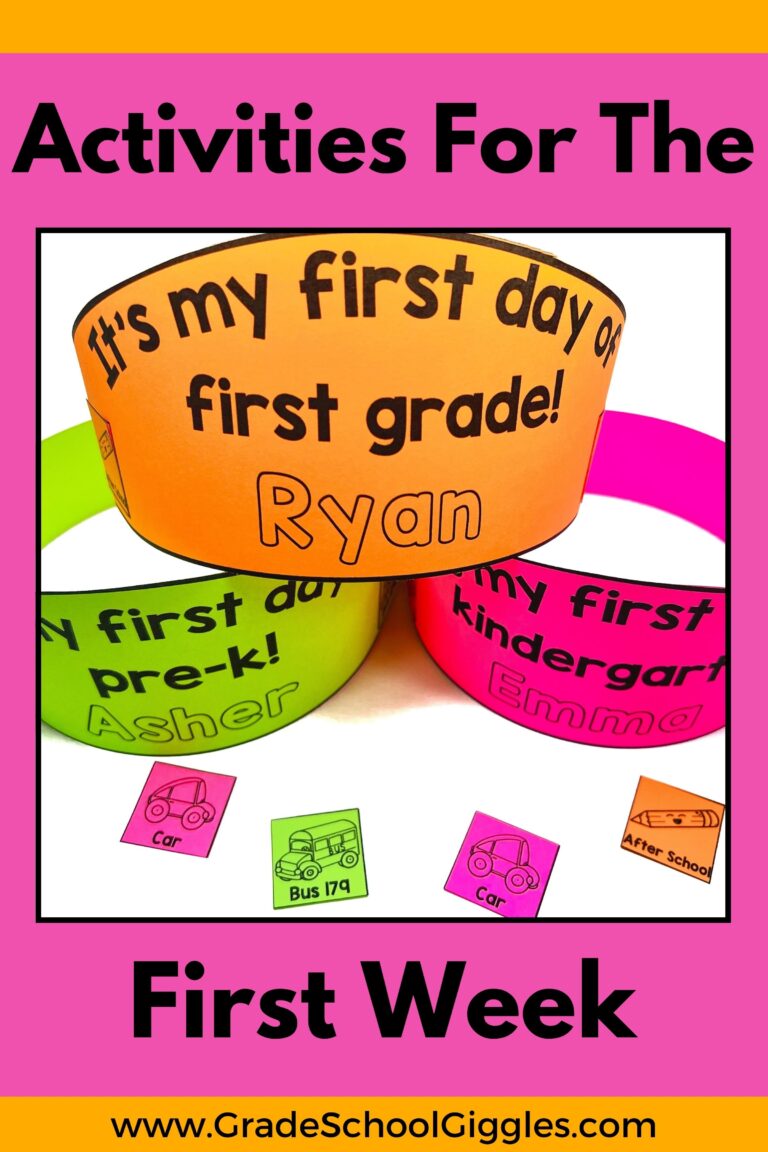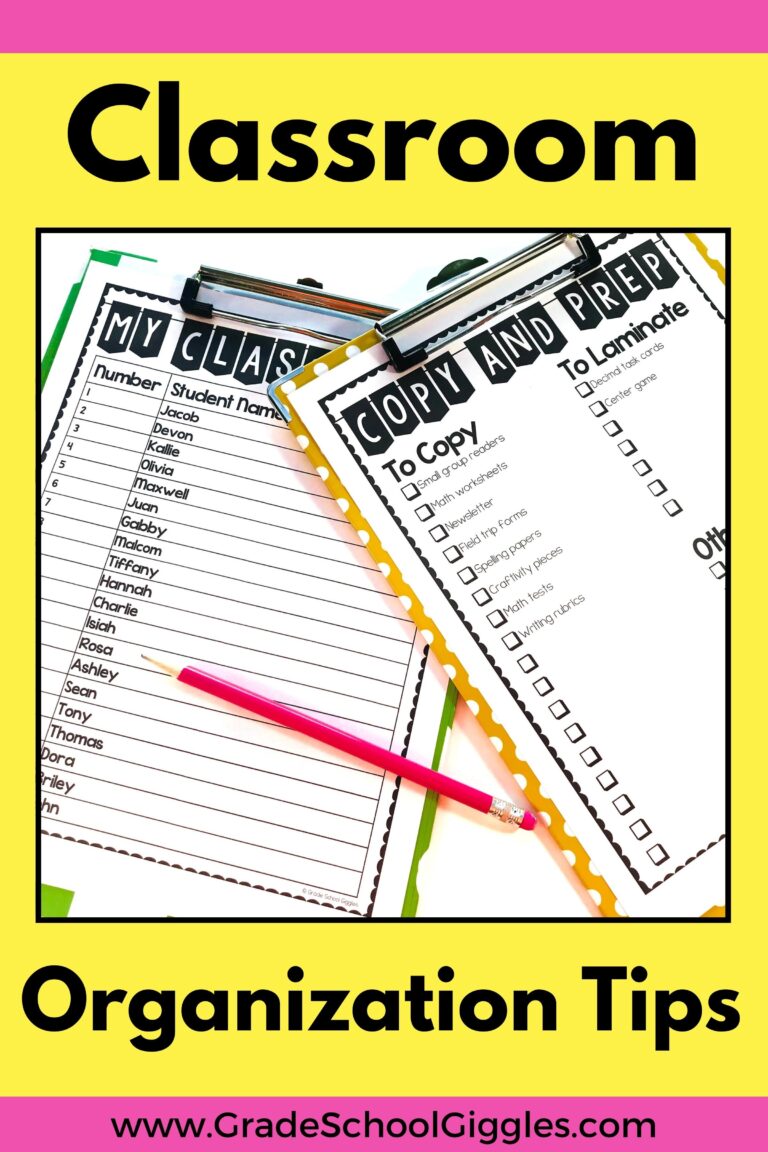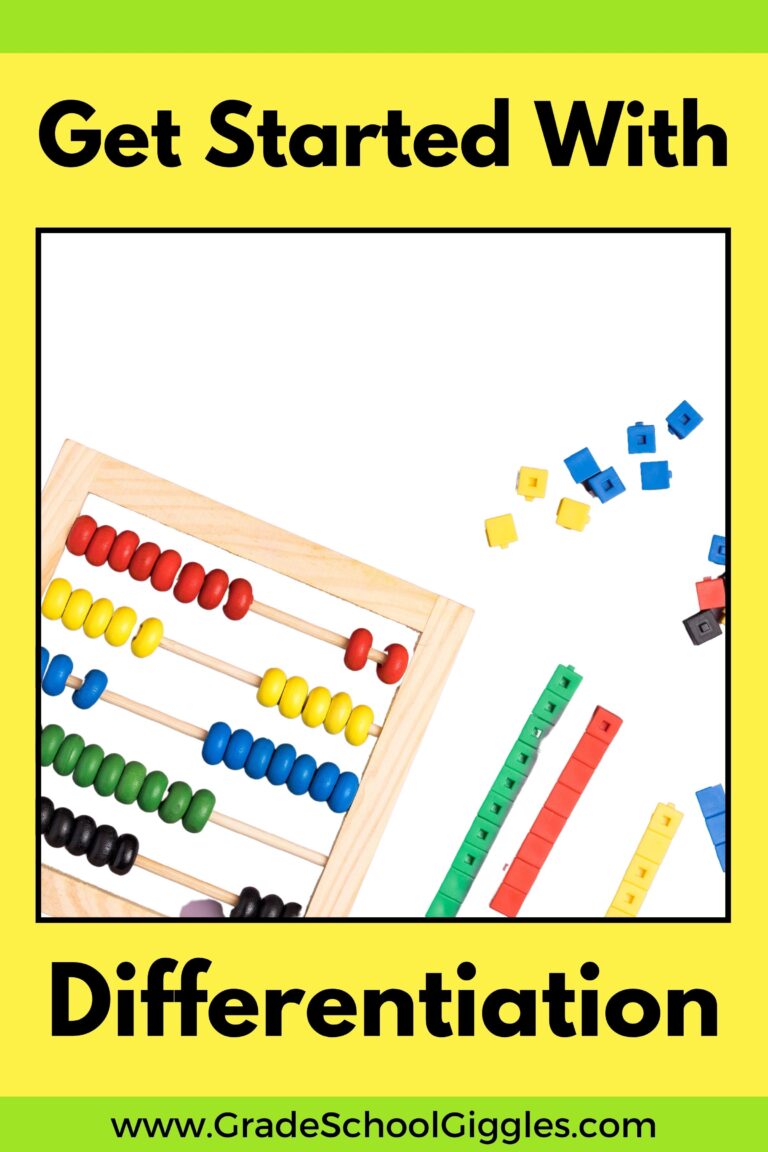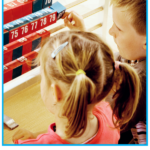Check Out These 5 Tips to Set Your Centers Up The Right Way
I’d been hired to teach in a self-contained, interrelated classroom. In reality, that meant I’d be teaching 4-grade levels, often at the same time. Some students would be with me all day, and others would come and go throughout the day.
At the time, my school expected the special education teachers to work around all the homeroom teachers’ schedules. That meant that I might be expected to teach math to a second-grader, reading to a third-grader, and science to a fourth-grader, ALL in the same class period.
The schedule was CRAZY!
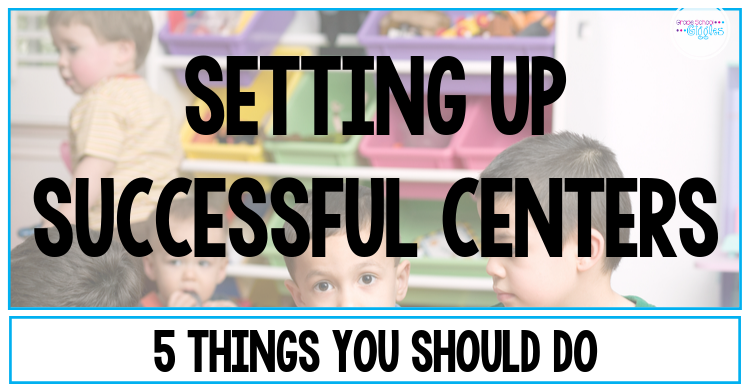
I quickly threw out any thoughts I had of whole group instruction. Instead, I set up my classroom around small-group instruction and centers.
Thankfully the scheduling processes changed soon after, but my love of small-group instruction and centers remained.
In this post, I’m going to share 5 things you absolutely should do when you’re setting up your centers. But first, let’s take a second to talk about what classroom centers are and why they’re important.
What are classroom centers?
Classroom centers are traditionally areas in the classroom that are set up specifically for self-directed projects, partner games, or independent learning activities.
Center activities often include books, manipulatives, art supplies, technology, and various other educational materials.
Why are learning centers important?
Classroom centers generally allow students to practice, apply, and deepen previously taught skills. They also let students explore and apply concepts that have been covered in the classroom.
There are lots of potential benefits to incorporating centers into your classroom. Here are just a few:
- Learning centers can easily be differentiated. You can differentiate the product, process, and content of centers to truly provide targeted activities.
- Centers allow you to engage students in meaningful activities that move beyond worksheets and seatwork while you provide quality small-group instruction.
- They break up the monotony of the classroom. Centers allow students to engage in activities that incorporate games, creativity, manipulatives, and fun.
Now that we’ve talked about what centers are and why they’re important let’s talk about the five things you absolutely should do when you set up your centers that I mentioned earlier.
1. Schedule your way to success.
The schedule is one of the most important things to consider. You need to know three things: how much time you have for centers, how many rotations you want to have, and how long you want each rotation to be.
Having too many groups can make management difficult. However, you don’t want your small groups to be too big. For most classrooms, four to six groups work well. As you’re planning, keep in mind that every group does not have to do every center each day.
Also, if you are teaching small groups during centers, it’s okay to see some groups more than others. For example, you might meet with your advanced readers twice a week and meet with your below-level readers every day.
Kids have short attention spans. Each rotation should be long enough for your students to engage in meaningful learning tasks but not so long that they become bored and off-task. Generally, I’ve found that 10-20 minutes per rotation works well.
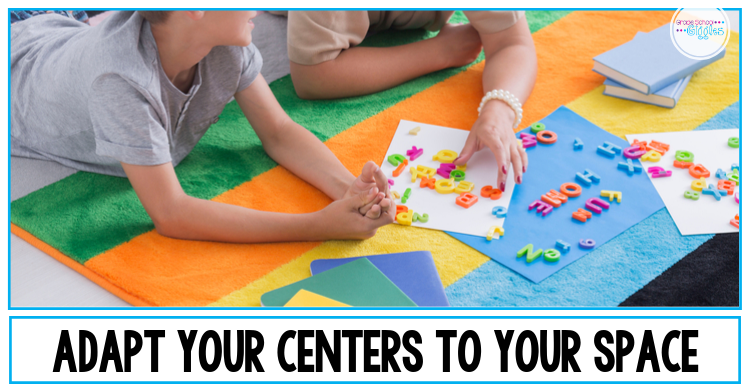
2. Set up your centers for your space.
Traditionally each center was in a designated area. However, for most of us, classroom space is at a premium. If you don’t have the luxury of lots of space, there are plenty of options. Most centers don’t have to be location-specific.
It is important that all of the materials needed for each center are located together. Rotations are short, so it’s important that students don’t need to waste their time finding supplies. Everything should be ready to go.
Centers that use stationary materials such as a vocabulary
word wall, dramatic play furniture, or computers obviously need a designated
space. However, other centers can be portable.
Personally, I think plastic tubs make excellent portable centers. Label each
tub and put all of the materials and manipulatives each activity needs in a
tub. Students can easily take the tub to wherever they will be working.
3. Set up your center routine.
Center rotations are short. There’s no time to waste. It’s important to set clear expectations and have efficient routines.
Modeling exactly what to do and what not to do is essential. Plan time into your schedule to teach your students how to do new centers. Plan time to practice and know that you’ll probably need to reteach expectations sometimes too.
Mini-lessons are great for this. Having a mini-lesson just before the first center rotation of the day is a great way to build the time into your schedule.
You’ll want to establish routines for clean-up and transitioning between centers. Allow a short time for cleaning up at the end of each center rotation. Make sure each child group knows what their next activity will be and then transition as a class.
I’ve found that having everyone switch at the same time lets you give any necessary clarification and lets you make sure your groups are properly cleaning up the supplies.
I always found a center rotation chart, along with a timer, is essential. Alternatively, a self-timing PowerPoint is a great way to keep everyone on track. Get a free one below.
To keep transitions on track, I’d stand up and count down from 20 as the class transitions. Students knew that they needed to be starting their next center by the time I got to 0. Then, I’d walk the room once before working with a small group.
4. Pick your centers wisely.
Center time can easily become a hot mess. We talked about the importance of having good classroom management and effective routines. But having good management isn’t enough. Students need to be engaged in meaningful, appropriate, and targeted learning.
Ideally, your centers should be visually appealing, highly engaging, and easily managed. The best ones are highly engaging. As you set up your centers, look for centers that meet these requirements.
- They cover the content and skills your students need.
- They are easy to differentiate.
- Your students can independently complete them. (Like clip cards.)
There are endless options for center activities. The activities you choose to include will depend on your grade level, your goals, and the specific learning needs of your students.
5. Avoid overcomplicating it.
Variety is the spice of life. While your centers shouldn’t look the same at the end of the year as they do at the beginning, you don’t need to go crazy changing everything up all the time.
Some centers are easier to set up and maintain than others. Some activities don’t require any rotation. If your district requires students to use a specific computer program, there’s nothing to swap out. Centers like listening centers or independent reading can be used all year. You probably should switch out the books, but you don’t need to change the activity.
Here are a few tips to simplify your center prep:
- Introduce one new type of activity at a time.
- Keep the same centers but change out the content.
- Freshen up repeated activities by adding seasonal elements.
Also, many center activities can be prepped once and used for many years. Finding a good storage system will simplify your life down the road.
Looking for more ideas for managing small groups and centers?
- Small group reading instruction is valuable. Make every second count with these tips.
- Differentiating can feel overwhelming, but it doesn’t have to be. Check out these ideas for making it manageable.
Need ideas for the subjects you teach?
Reading & Language Arts
- Free resources for teaching about nouns
- Teach about adjectives through poetry
- Hands-on spelling activities
- Free Hey, Little Ant persuasive writing activity
- 5 ways to teach suffix spelling rules
- Activities for teaching about adjectives
- Awesome cursive activities
- Quick and easy sight word activities
- Hands-on ideas for introducing color words
- **Click here to shop for grammar and language arts resources.
Math
- Hands-on ideas for teaching about lines and angles
- Fun activities for teaching about area and perimeter
- Free no-prep solve and play BINGO
- **Click here to shop for math resources.
Science & Social Studies
- Earth layers art project
- Hands-on weather activities
- Hands-on landform activities
- Easy 7 continents necklace
- Lesson ideas for teaching about maps
- Ideas for teaching kids about the Constitution
- George Washington Carver craftivity
- **Click here to shop for science & social studies resources.
